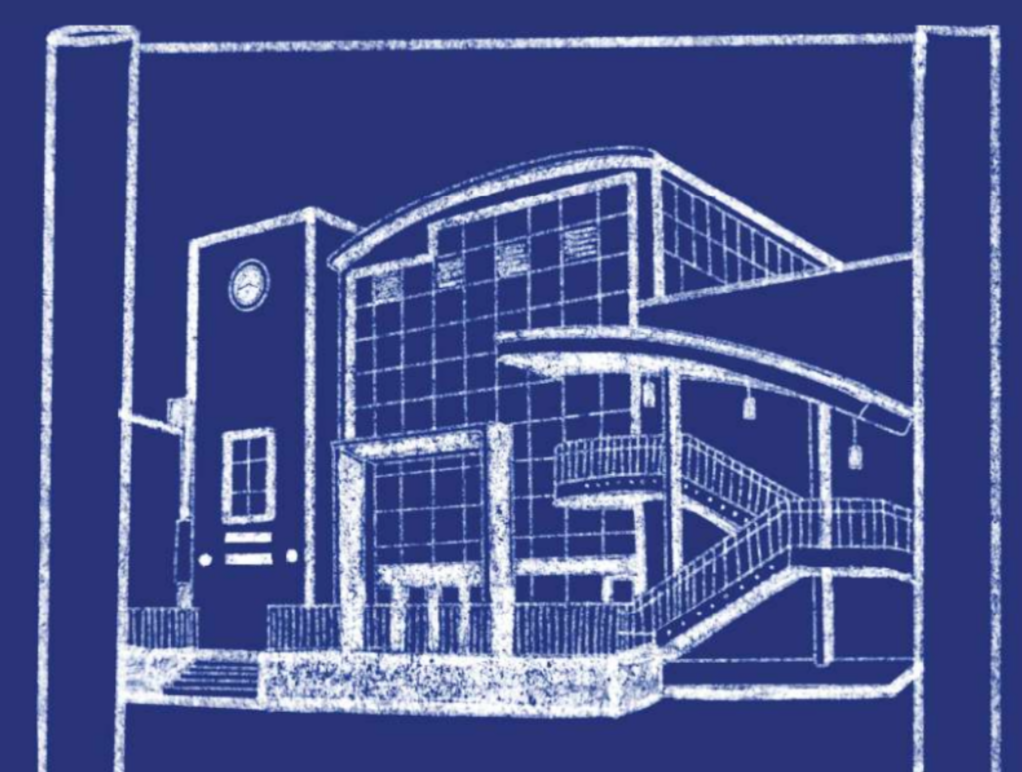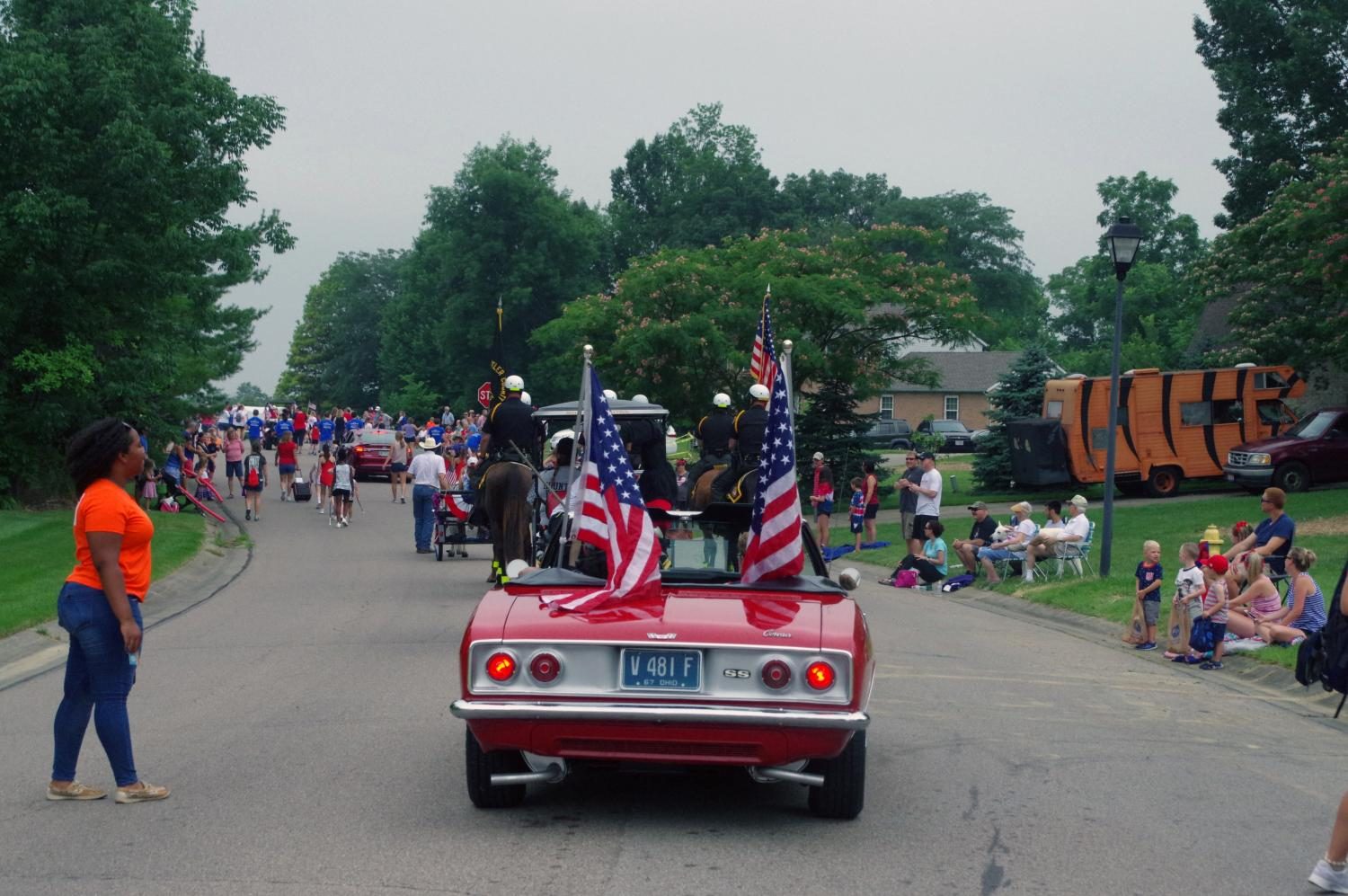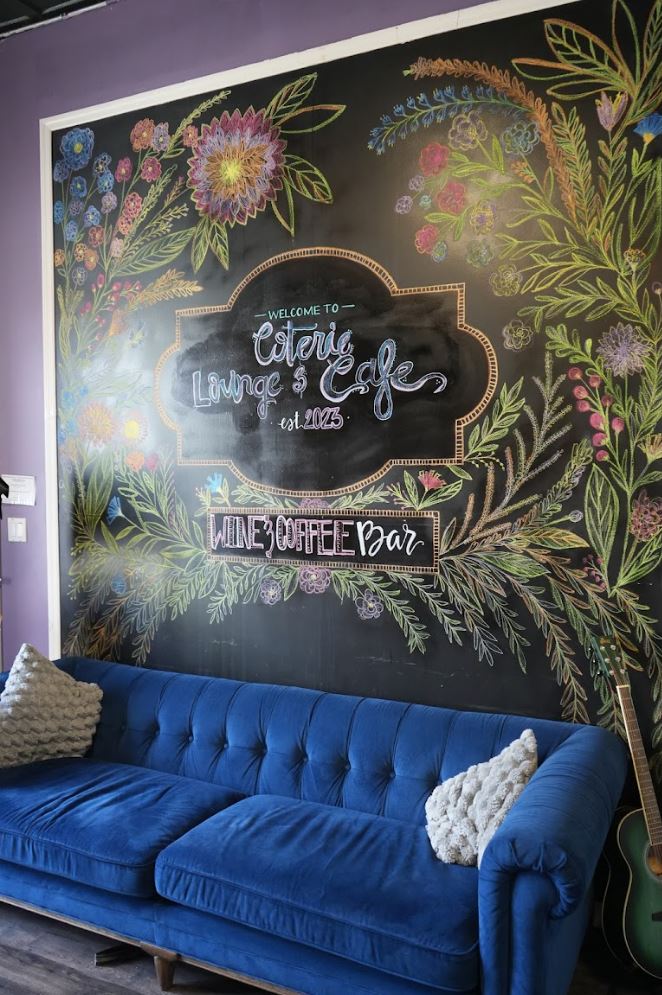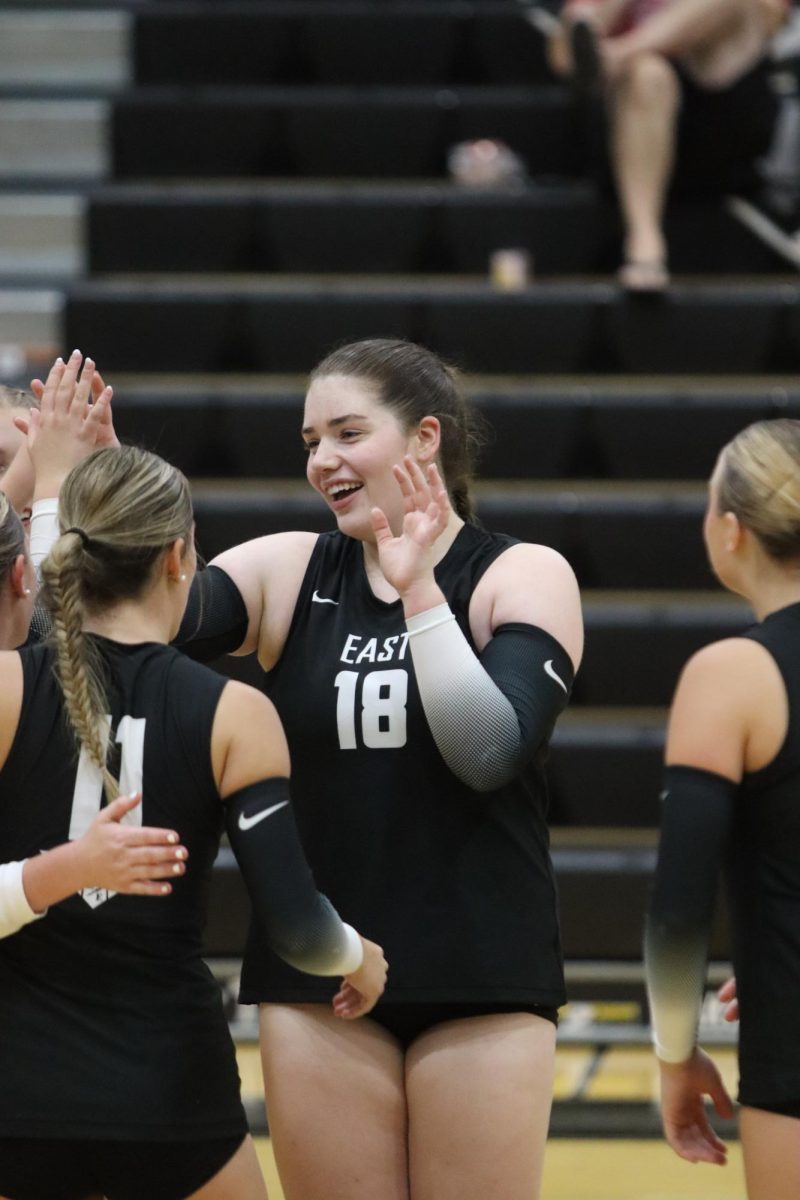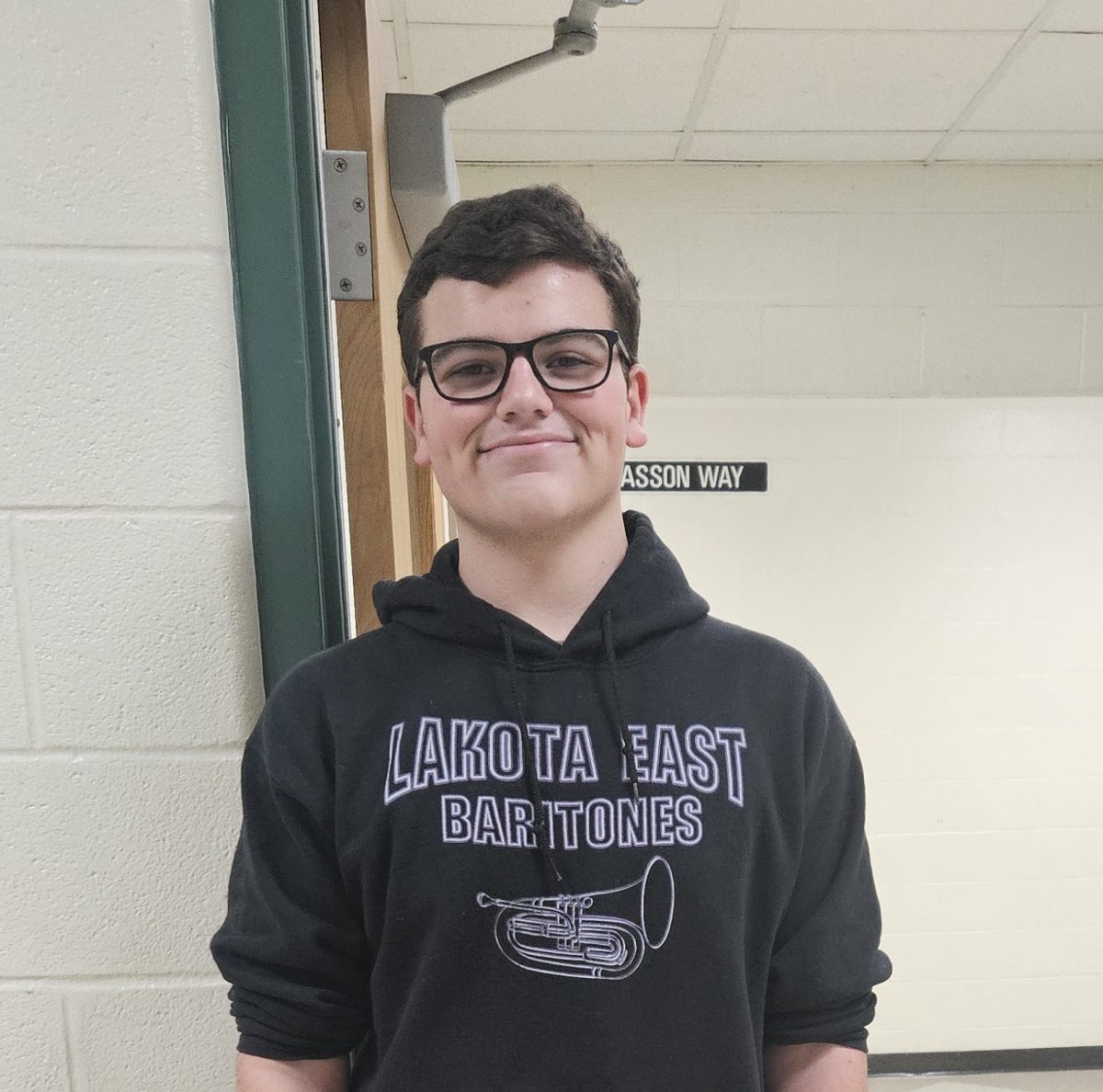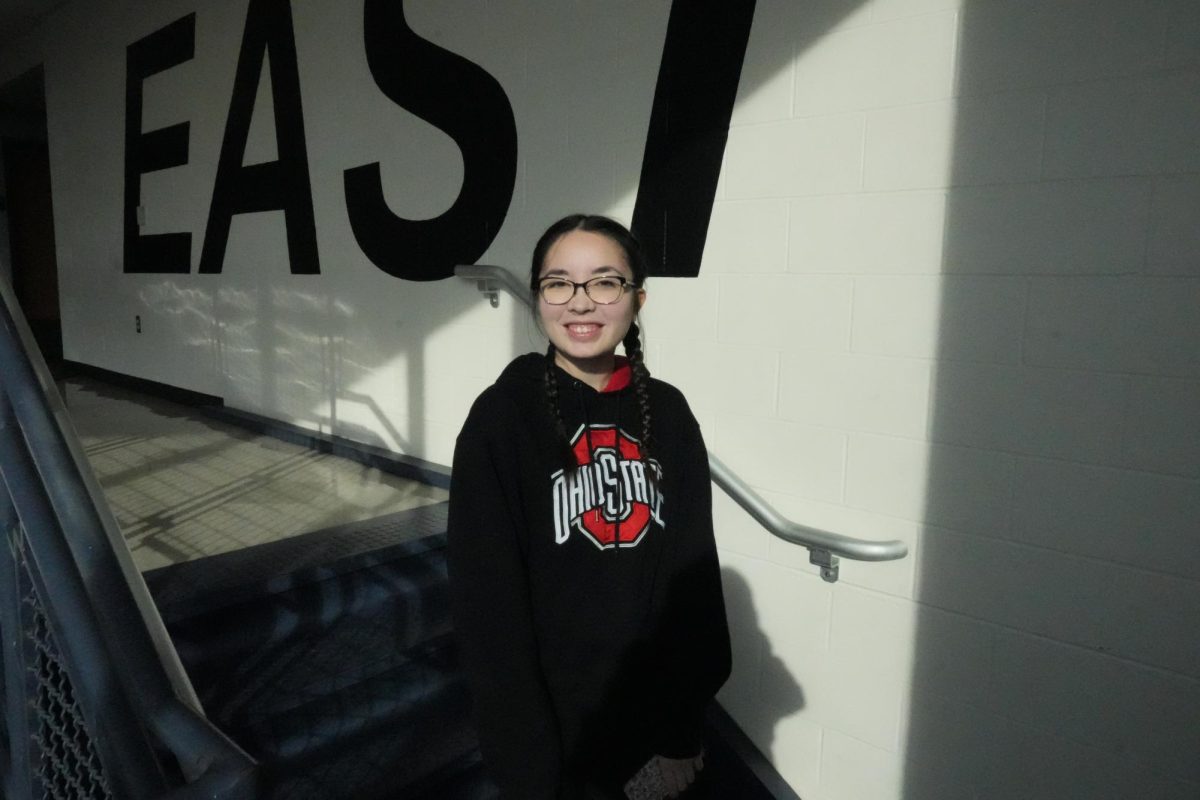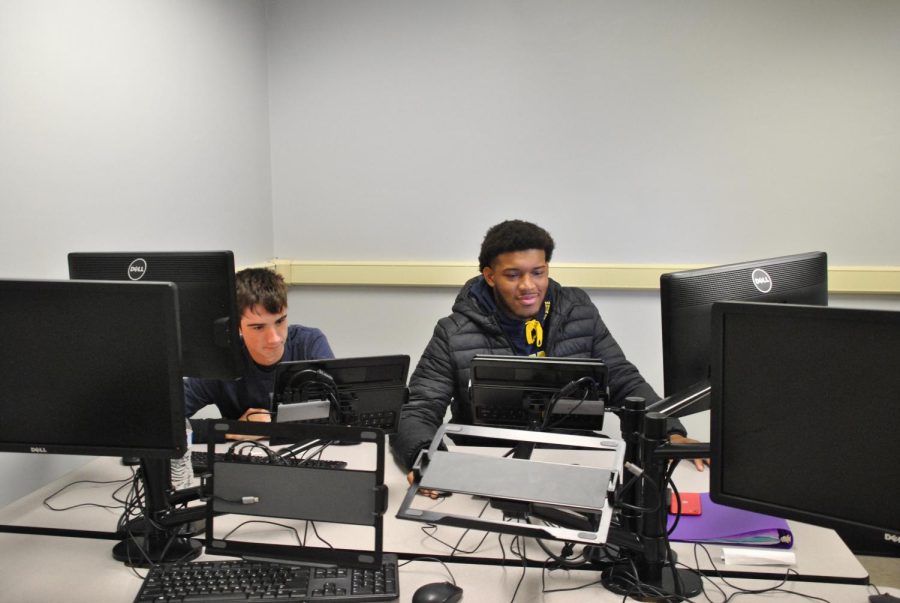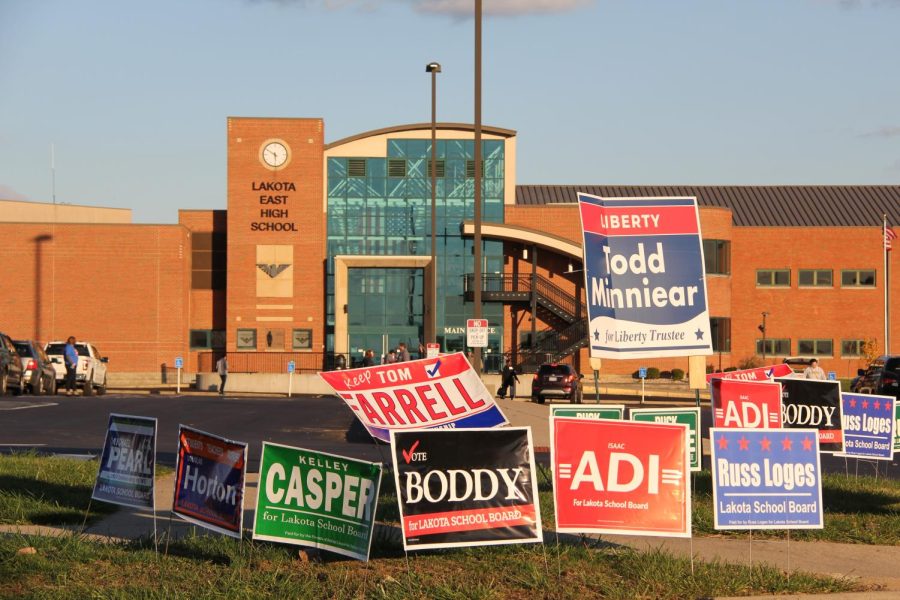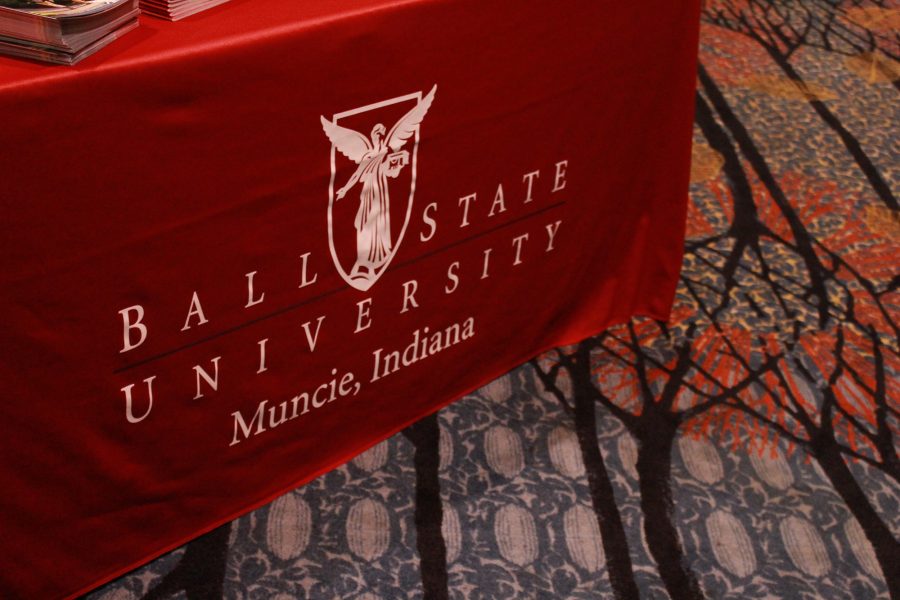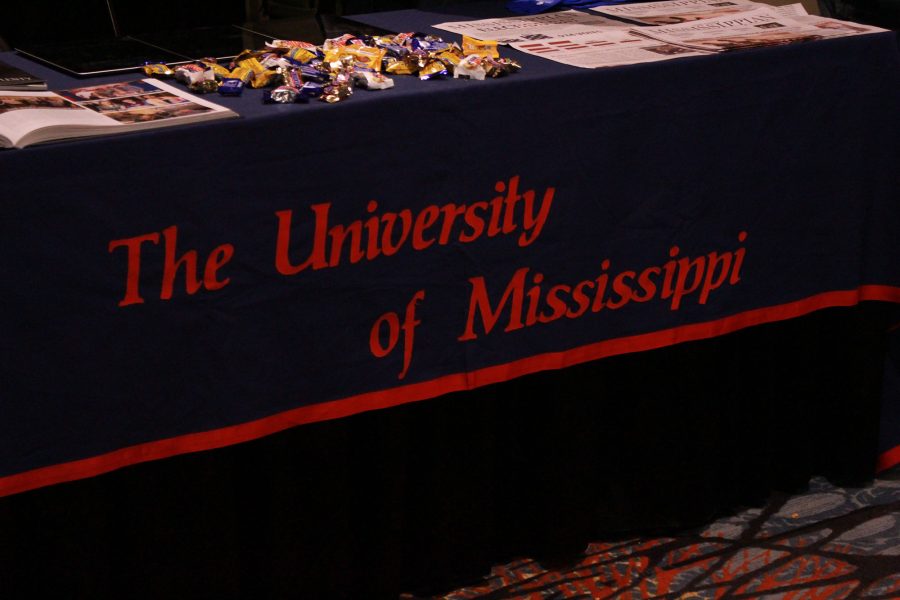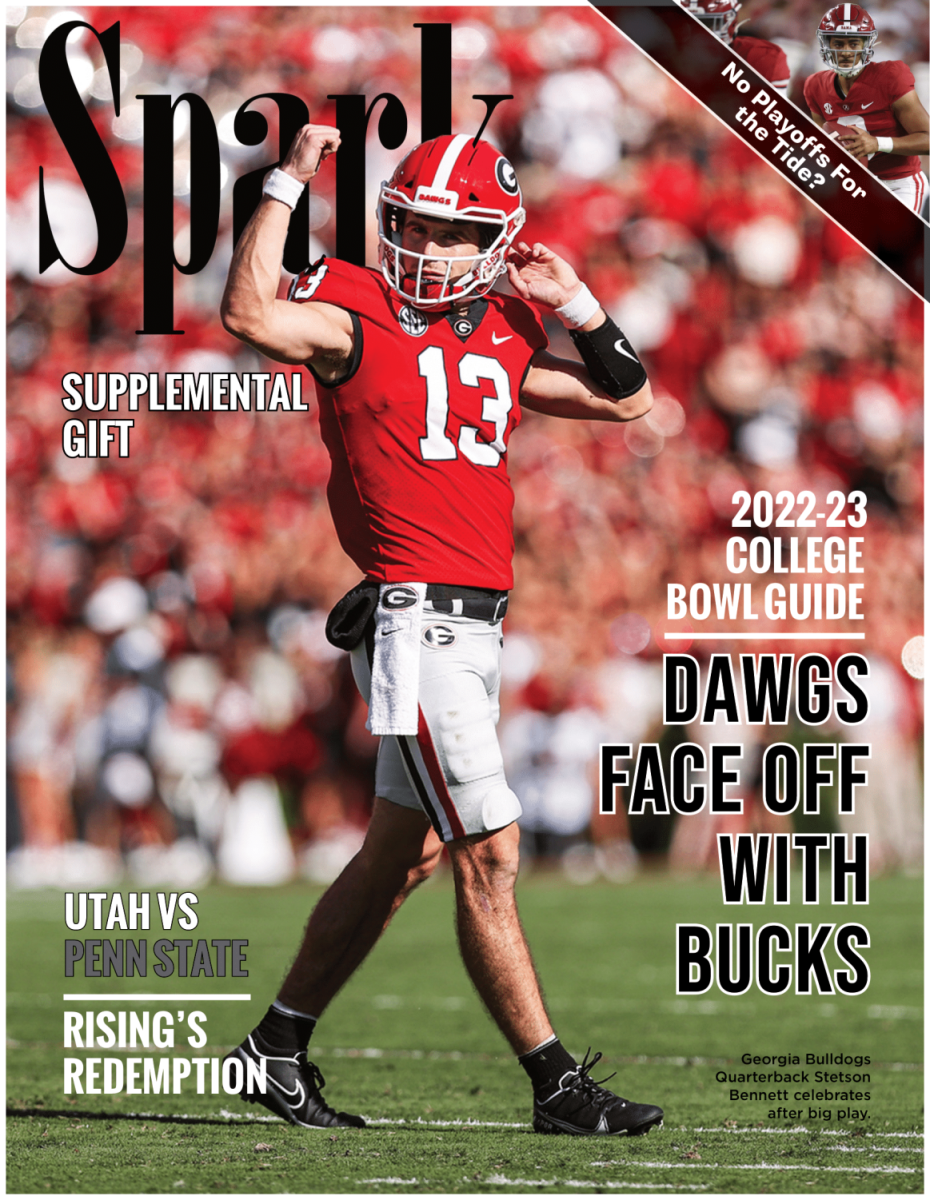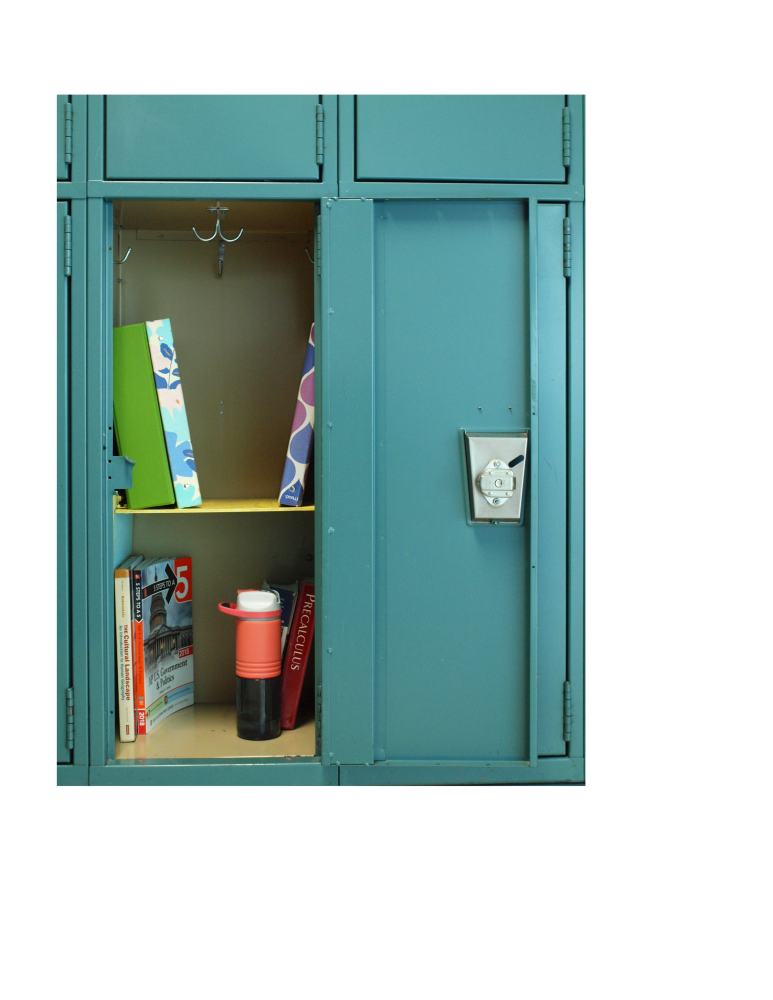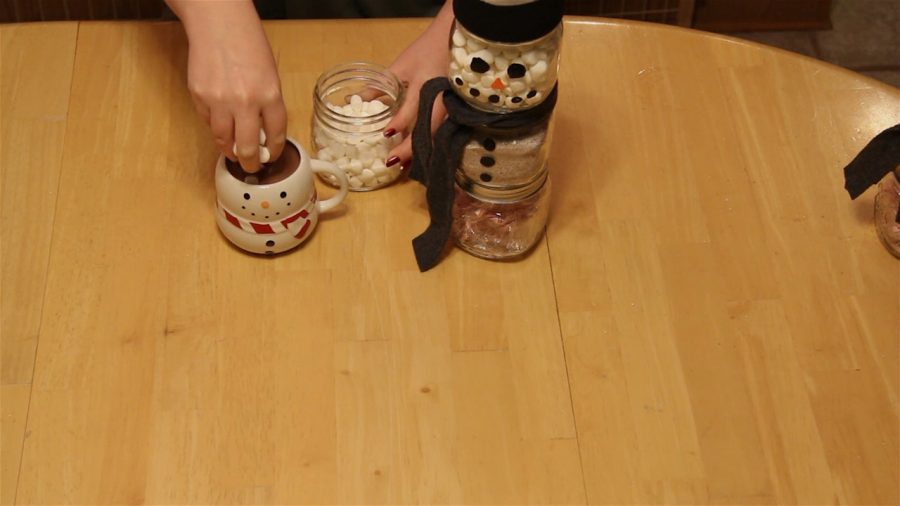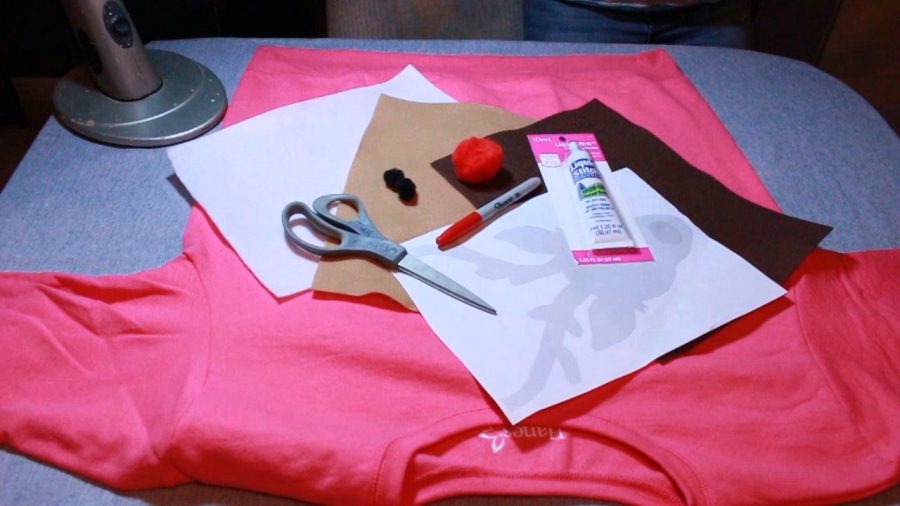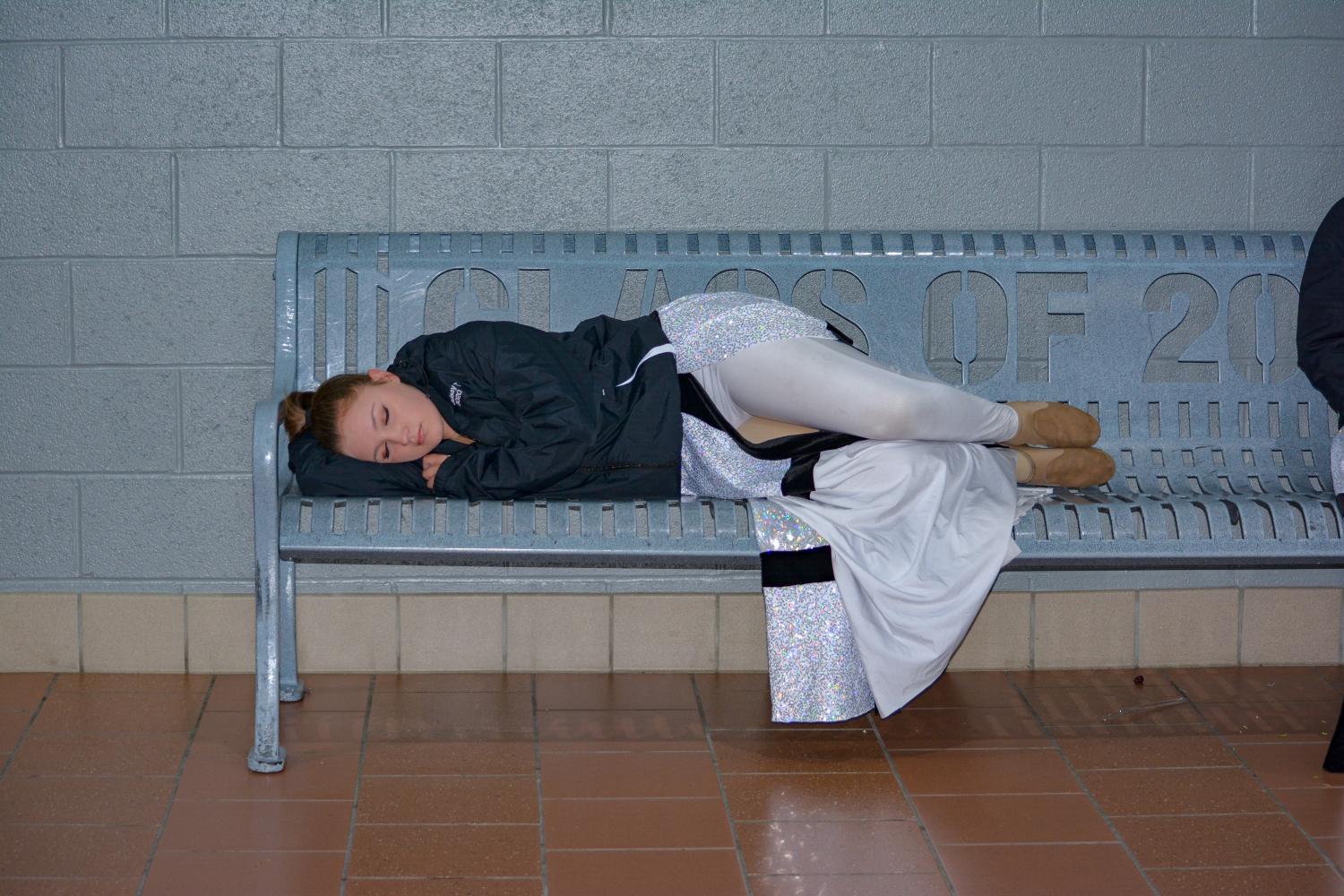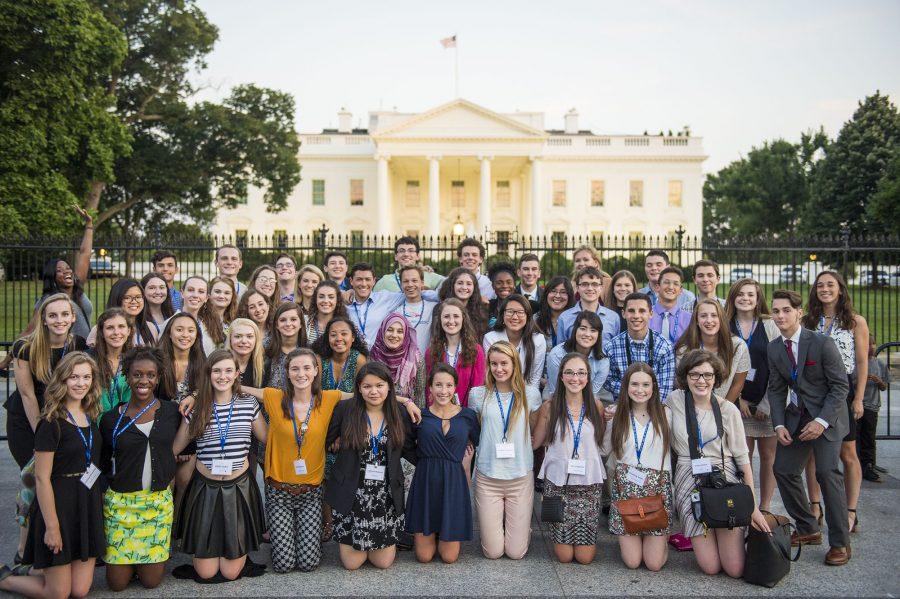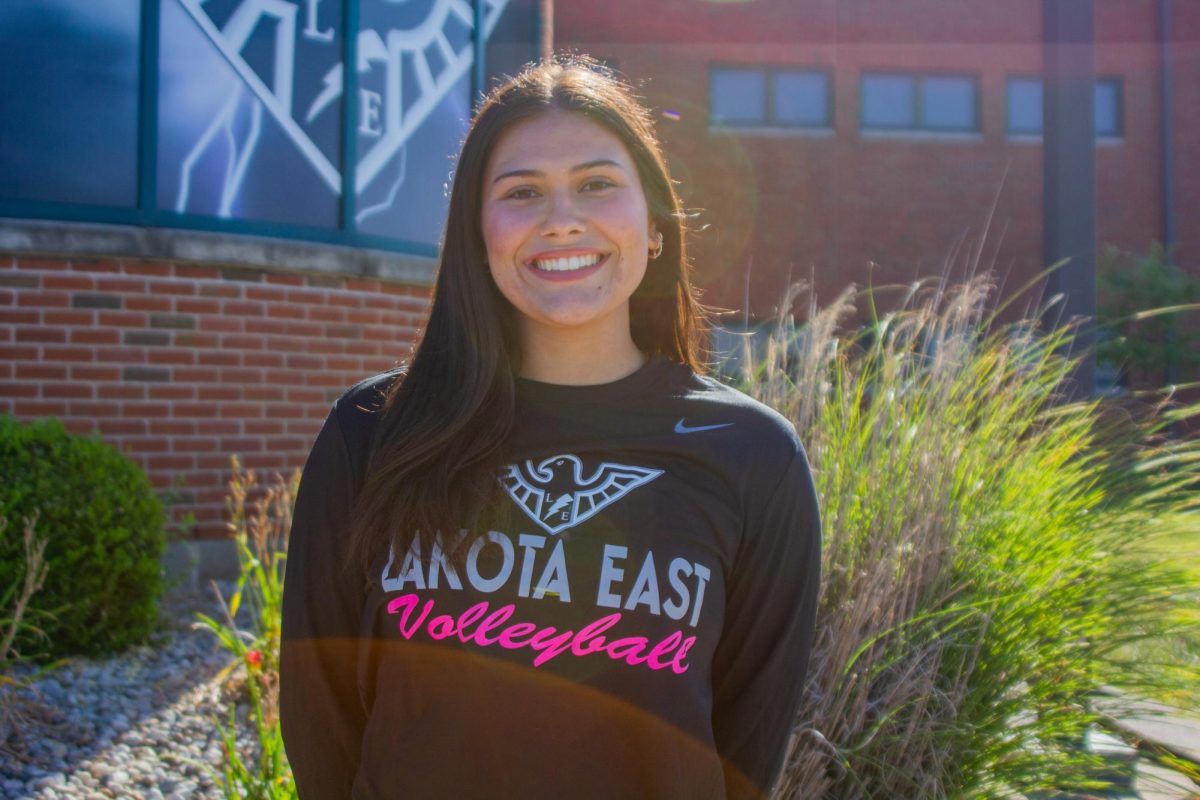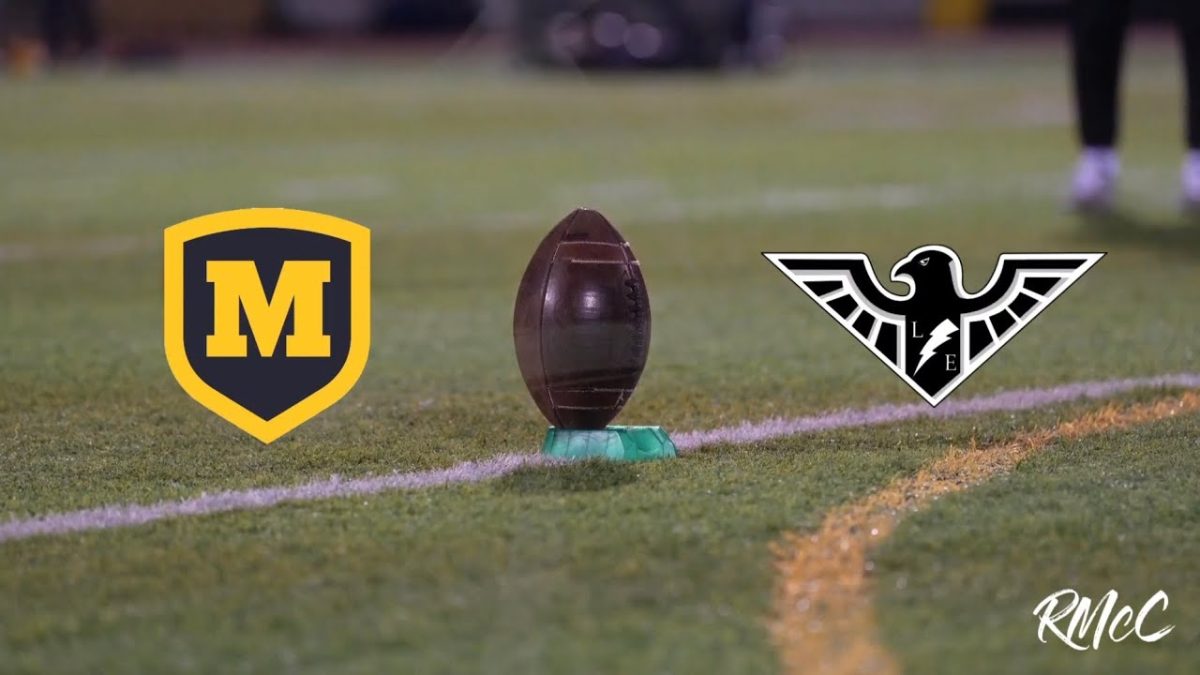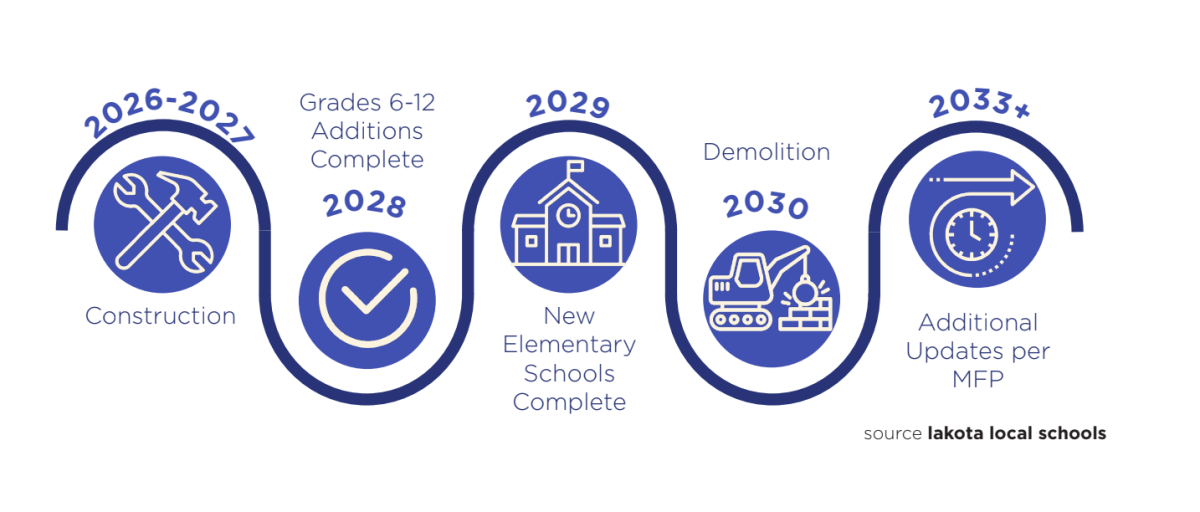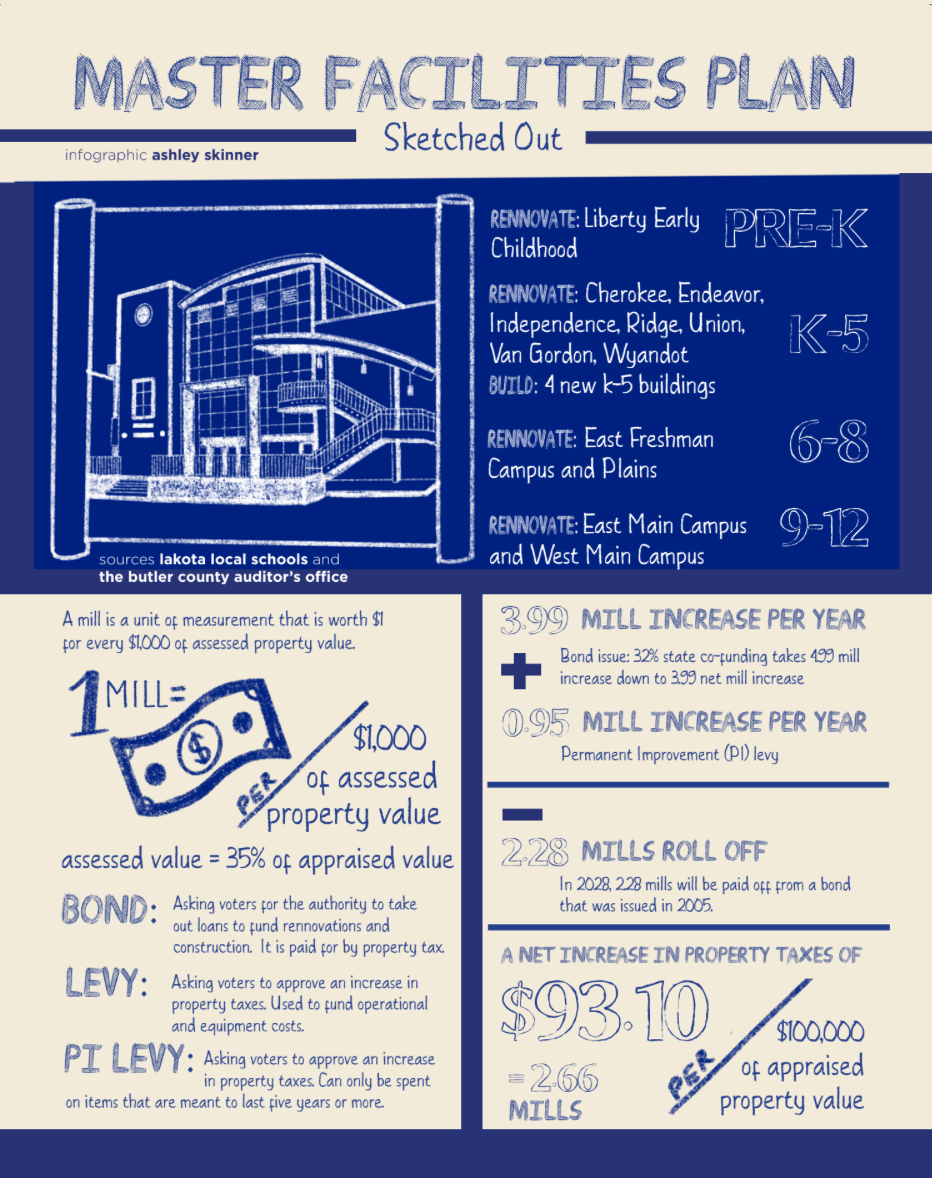The Lakota Local School District plans on making major changes to their buildings and grade level distribution in upcoming years through the Master Facilities Plan (MFP), if their bond issue and Permanent Improvement (PI) levy pass in the general election on Nov. 4. The Board voted on June 30, 2025 to place both the bond issue and PI levy on the Nov. 4 ballot to fund MFP renovations and construction.
The plans include renovating 12 buildings, demolishing nine, and constructing four. This would move the district to a K-5, 6-8, 9-12 structure with a standalone preschool.
Of Lakota’s 21 school buildings, the nine set to be demolished if the PI levy and bond pass include: Creekside/West Freshman, Hopewell, Adena, Shawnee, Heritage, Woodland, Freedom, Hopewell Junior, and Liberty Junior. To determine whether to renovate or demolish each school building, the MFP Subcommittee looked at the Ohio Facilities Construction Commission’s (OFCC) building standard ratings.
The funding for this project will come from a net increase of $93.10 per $100,000 of assessed property value in property taxes which will begin to be collected in 2029, according to Lakota Treasurer and CFO Adam Zink.
According to Zink, community members will have one vote that counts for their opinion on both the PI levy and the bond issue.
Currently, the MFP states that if the bond and levy pass, construction will begin in 2026, and that the 6-12 grade level buildings will be operational for the 2028-2029 school year while the four new K-5 grade level buildings will be open for the 2029-2030 school year. It also states that demolition will begin in 2030.
According to the Office of the Butler County Auditor, voters in the Lakota district are being asked to approve the levy and bond issue to begin collection the 2025 tax year. However, the district has the ability to hold off on collecting the increased property tax until 2029, which it promises to do.
Lakota is partnering with the OFCC to receive 32 percent co-funding from the state and must meet certain requirements to receive this financial support.
Lakota Superintendent Dr. Ashley Whitely said that the construction and reconfiguration by the MFP will alleviate the pressure that multiple Lakota school buildings are experiencing with increased enrollment.
“We do not have space to add new classrooms, which would lower class sizes,” said Whitely. “If we are able to move forward with the MFP, moving sixth graders to the middle school, subsequent renovation, and the [addition of ] four new K-5 schools will allow us to lower class sizes.”
Breaking Down the Terms
A mill is a unit of measurement that is worth $1 for every $1,000 of assessed property value. Assessed property value is not the same as the realtor appraised value; assessed value is 35 percent of the realtor appraised value of the property, according to the Office of the Butler County Auditor.
According to the Ohio School Boards Association, placing a bond issue on the ballot means asking voters for the authority to take out loans from investors to fund renovations and construction. For the district, this is similar to taking out a mortgage. The principal and interest of this loan is paid for by property taxes. This is one of the items on the ballot in November along with the PI levy.
Putting a levy on the ballot also asks voters to approve an increase in property taxes. An operational levy is money that goes to daily operational costs and staff salaries. This is not the kind of levy that will be on the ballot in November, however.
Instead, the ballot will have a PI levy that will join the bond issue. This kind of levy still requires an increase in property taxes, but the money can only be spent on items that are meant to last five years or more. Examples include things such as the replacement of roofs and the purchase of furniture like desks.
An eligibility requirement for co-funding from the OFCC is having at least a ½ mill PI levy that is kept aside for maintenance and general upkeep of its school buildings, according to Lakota School Board President Julie Shaffer. “PI funds can only be used on things that will have a lifespan of five or more years,” Shaffer told Spark. “Because of this, some of the additional PI millage may also be may also be used for other long-term purchases.”
Application to the November Ballot
The ballot that voters will be faced with on Nov. 4 will state that the Lakota district is asking for a 4.99 mill bond issue and a 0.95 mill PI levy which will increase property taxes to $208 per $100,000 in assessed property value according to the Office of the Butler County Auditor.
In 2029, bonds passed by voters in the Lakota district in 2000 and 2005 which make up a total of 2.28 mills in property taxes, will be paid off according to the Butler County Auditor’s Composite Reduction Factor Report for tax year 2024. This means that the district will stop collecting these 2.28 mills in 2028.
The district predicts that in 2029, the combined bond and levy collection (5.94 mills) will be decreased to a net 2.66 mills because the previous 2.28 mills will be paid off that year.
“The net increase to our taxpayers would be 2.66 mills for both the bond issue and the bond issue is expected to generate a total of $506,359,503 for the district according to Zink. If the bond and levy do not pass, the district will be unable to fund the MFP.
“If voters approve the bond issue, Lakota will be in a position to avoid a new operating levy that has been forecasted for November of 2028,” said Zink.
To receive co-funding through the OFCC, Lakota must follow the recommendations and ratings set by the OFCC, said Whitely. The partnership allows Lakota to benefit from the OFCC’s Expedited Local Partnership Program (ELPP).
Another eligibility requirement for the ELPP program assistance is at least a ½ PI levy in place.
Through this program, Lakota will “earn 32% co-funding for every dollar it spends on the plan, which equals about $200 million,” according to Whitely.
The OFCC evaluated Lakota’s buildings based on 23 major building components. Depending on the current condition, a renovation cost was assigned to each component which allowed the MFP Subcommittee to calculate a total estimated cost to cover renovations over the next 30 years that would allow the existing buildings to match the condition of new buildings.
“[The OFCC] calculates a percent by dividing the cost to renovate a school by the cost to replace it,” said Whitely. “This percentage determines the overall condition rating: satisfactory, borderline, or deficient.”
Public Opinion
To gauge public opinion on the plan, the MFP Subcommittee gathered feedback from the 2025 Paul Fallon Public Opinion Survey in February which surveyed 401 Lakota district community members.
The survey showed that 51 percent of community members surveyed support “building new buildings to meet future educational and enrollment needs in the community,” and 74 percent support “renovating existing buildings” to meet the same needs.
Sixth grade teacher Woodland Elementary, Jessica Lewicki, shared Whitely’s concerns about over-crowding in classrooms.
“Now, we are lucky if the smallest class 25 [students], and we have had advanced classes up to 34 sixth graders in a room,” Lewicki told Spark. “[With smaller class sizes], you can give students more one-on-one attention and make students feel safer.
Dr. Whitely is optimistic about the future of the plan and its impact on the school district.
“When I think about the Master Facilities Plan, it really is the future of Lakota Local Schools,” said Whitely. “We can enhance all of the educational experiences for our students.”


